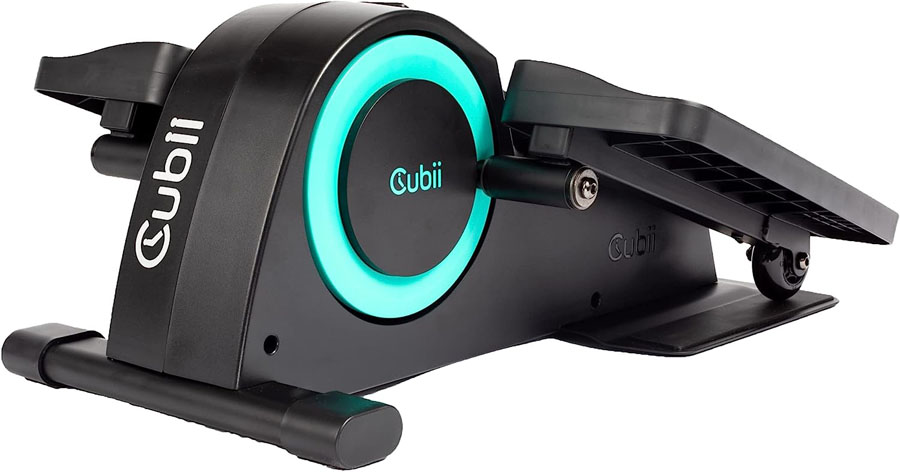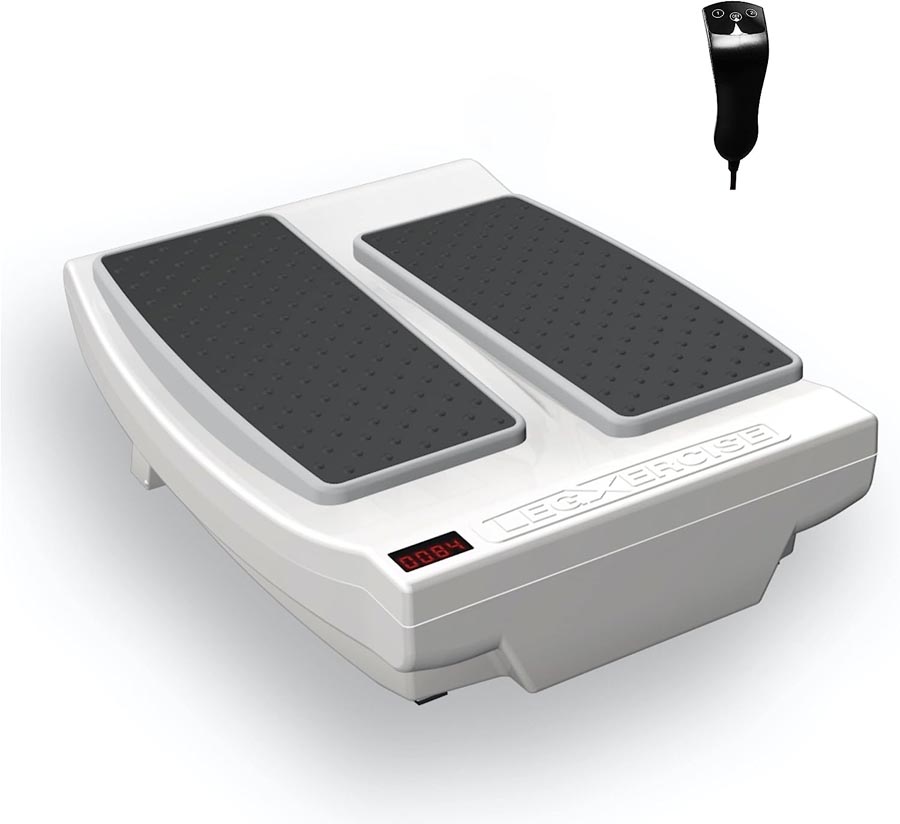

A passive leg exerciser is a simple lower body exercise machine you can use while sitting, where you simply move the plates with your legs. This becomes a very simple exercise habit and reduces the kind of impact you’d usually put on the joints from something like running or even if a lot of walking is limited to you.
What do Passive Exercisers offer and who can benefit from them the most?
A passive exerciser is beneficial for stimulating blood flow to the muscles and joints. It can also be a great way to reduce cramping, stiffness, or workout-related soreness. This makes it a choice worthwhile considering for the elderly.
Stimulation of blood
For all users, passive exercisers can improve blood flow to the muscles and joints, promoting both healthier circulation and effective recovery.
Scientific research on lower body exercise has shown that it can reverse age-related loss of circulation in the limbs of the elderly. This also improves the way that your arteries work, crucially improving both endothelial function and artery ‘stiffness’ to reduce cardiac events and stroke.
Circulatory problems like heart disease and atherosclerosis are some of the most common natural killers. Improving these with regular exercise is a great way to stay safe as you age.
Cramping
Passive exercisers can be a huge help if you’re cramping if you’re experiencing muscle soreness, or if you’re struggling to move a muscle properly through stiffness. Improving circulation can alleviate leg and foot cramps by reducing lactate acid levels.
This type of exercise can increase the clearance (metabolism) of soreness-causing chemical residues after exercise, without piling up more exercise-induced soreness or fatigue.
Aged People’s Health and Strength
Older people are the main target for this kind of passive leg exercise.
With regular use, it can help reduce the onset of age-related muscle loss – also known as sarcopenia. Research shows that even low intensity exercise can dramatically improve the health and longevity of muscle mass, reducing the associated risks of falls, fractures, poor metabolism, and loss of independent movement.
Limitations Of Passive Exercisers
Despite the name, passive exercisers aren’t going to give you massive, strong legs.
“It’s a recovery and circulation aid for most people, but helps older people maintain their muscle mass.”
Other activities that put more weight on your joints and limbs, such as actual walking, will always be best.
Using a passive exerciser
You should use a passive exerciser sparingly – focusing on more often rather than longer or more intense sessions. This helps maximize blood flow and the reuptake of chemicals that cause soreness.
Next, we look at 2 passive leg exercises, Cubii and LegXercise.
Cubii vs LegXercise: Which Passive Leg Exerciser Is for You?


Cubii passive leg exercisers have a longer range of motion, which increases the effort in using them but also improves reward. The position is ergonomic, remaining comfortable in almost any position of sitting.
This is similar to a recumbent bike at the gym – you’ll be working your quadriceps and hip flexors the most, which helps keep your hips and knees healthy.
Cubii Pros
- More knee-dominant with a longer range of motion
- Strengthens muscles around the knee and hip
Cubii Cons

In comparison, the LegXercise has a smaller total range. It’s a simple machine that offers a comfortable concave track to place right beneath the knees.
This is a better passive leg exerciser for senior circulatory health. If you’re looking for more of a passive exercise experience, the LegXercise is a better choice. Unlike the Cubii, you may forget it’s there after a while.
Because of the position and the design of the tracks, this produces more development in the lower leg. This is perfect if you’ve experienced lower leg problems like compartment syndrome, poor peripheral circulation, or even more serious concerns like an embolism.
LegXercise Pros
- Strengthens the ankles and knees
- Lower effort requirement and easier use
LegXercise Cons
- Less effective strengthening muscles – especially around the knees and hips
The Cubii is more tailored toward active recovery, while the LegXercise is better for those with injuries or muscle loss, looking to improve circulation in the lower legs.
Buy according to your need – make sure you’re getting the best passive leg exerciser for your needs.

